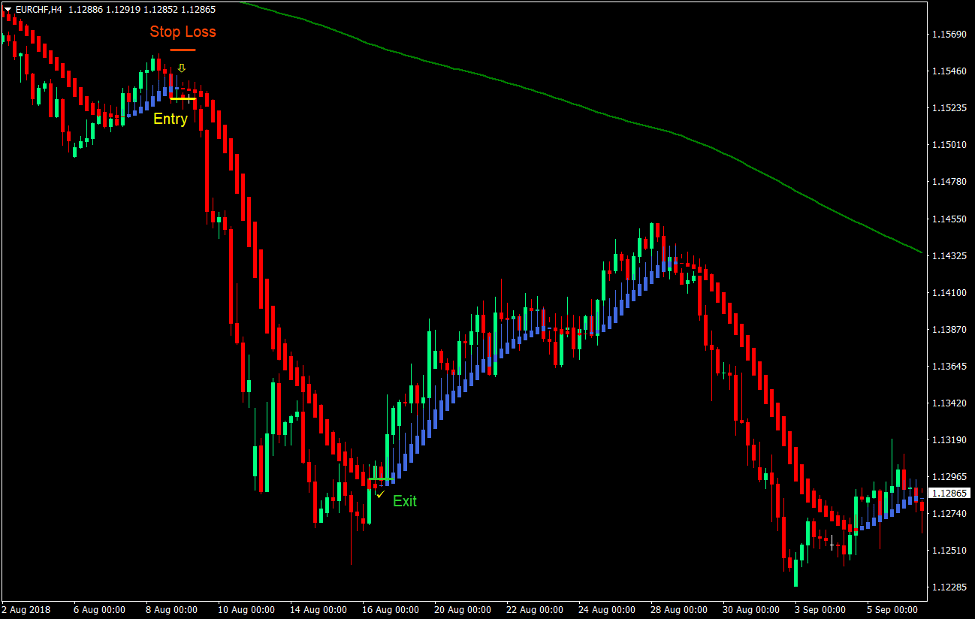In the world of finance, the use of advanced technology and algorithms has given rise to a phenomenon known as automated trading. This innovative approach to investment has transformed the way financial markets operate, allowing traders to execute trades without human intervention. In this article, we will explore the fascinating world of automated trading, how it works, its benefits, and the impact it has had on the investment landscape.
Understanding Automated Trading
Automated trading, also referred to as algorithmic trading or algo trading, involves the use of computer algorithms to execute trading orders. These algorithms are designed to follow predefined rules and criteria for entering and exiting trades. They analyze market data, such as price movements, trading volume, and other relevant factors, to make trading decisions in real-time.
How Automated Trading Works
Data Analysis: Automated trading systems continuously analyze vast amounts of market data. They use this information to identify potential trading opportunities based on predefined strategies.
Decision-Making: Once a trading opportunity is detected, the algorithm makes a decision to enter or exit a trade. This decision is based on factors such as technical indicators, historical data, and market conditions.
Order Execution: After making a decision, the algorithm automatically sends buy or sell orders to the market. These orders are executed with minimal delay, often in fractions of a second, ensuring that traders can capitalize on opportunities as they arise.
Risk Management: Automated trading systems also incorporate risk management protocols. They may include stop-loss orders to limit potential losses and take-profit orders to secure profits.
Benefits of Automated Trading
Automated trading has several significant advantages:
Speed and Efficiency: Algorithms can execute trades at speeds that are impossible for human traders to match. This speed is crucial in markets where prices can change rapidly.
Emotion-Free Trading: Automated systems eliminate the emotional component of trading. They stick to predefined rules and strategies, reducing the impact of fear and greed on decision-making.
Backtesting and Optimization: Traders can backtest their algorithms using historical data to assess performance and make improvements.
Diversification: Automated systems can simultaneously trade multiple instruments and markets, allowing for greater diversification of investment portfolios.
24/7 Trading: Algorithms can trade around the clock, taking advantage of opportunities in global markets even when human traders are asleep.
Challenges and Risks
While automated trading offers numerous benefits, it is not without challenges and risks:
Technical Failures: Glitches or system failures can result in unexpected losses.
Over-Optimization: Excessive fine-tuning of algorithms can lead to poor performance in real market conditions.
Market Conditions: Algorithms may struggle to adapt to unusual or highly volatile market conditions.
Regulatory Scrutiny: Regulatory bodies are closely monitoring automated trading, imposing rules to ensure market stability and fairness.
Conclusion
Automated trading has ushered in a new era of investment, where machines and algorithms play a significant role in financial markets. It offers speed, efficiency, and the potential for enhanced portfolio management. However, traders and investors must be aware of the associated challenges and risks. As technology continues to evolve, automated trading is likely to remain a vital and evolving aspect of the financial world, reshaping how investments are made and managed.

